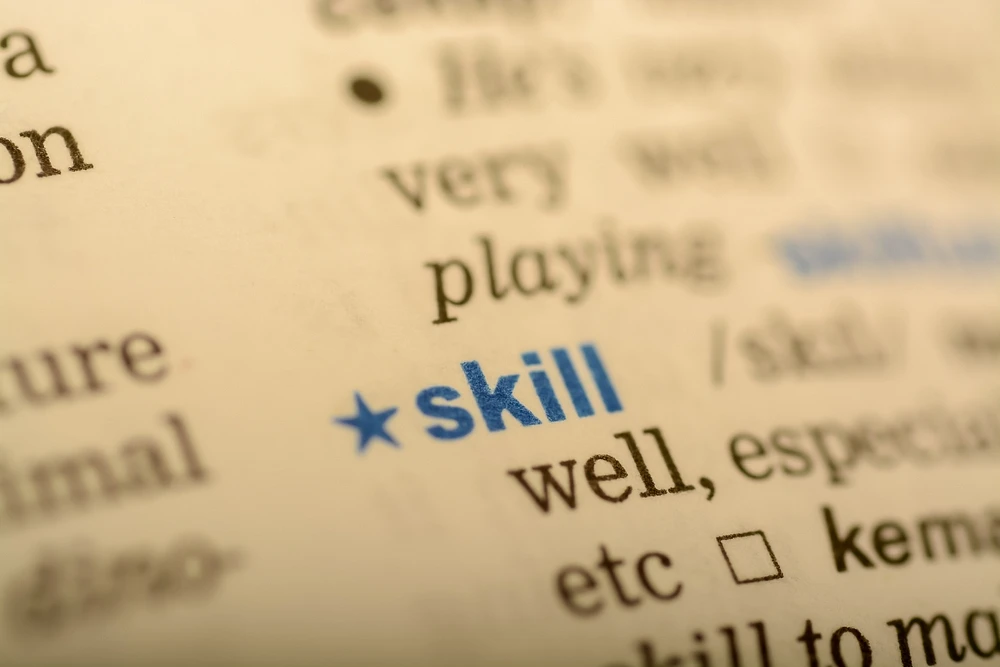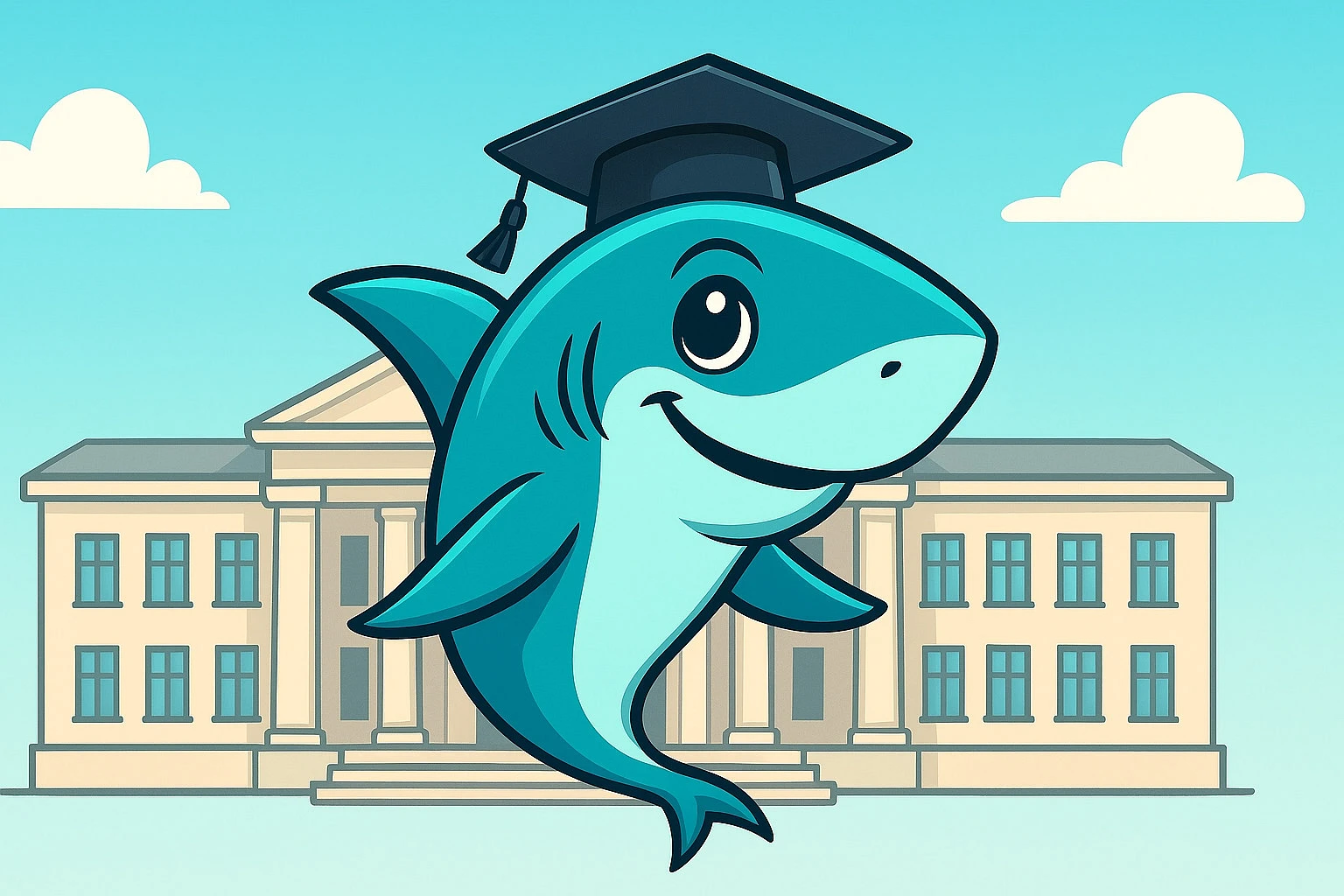TL;DR
- By 2030, tech will handle about two-thirds of work tasks, either completely or alongside people. Getting ready for that shift now is a safe bet for your career.
- Get comfortable with how AI actually works. Learn to use digital tools with ease. Be good at reading a room and managing feelings. Stay flexible when things change. And get practice solving problems that lack clear answers.
- You can’t really split jobs into just “technical” or “non-technical” anymore. Most new roles mix things like data or automation with human skills—stuff like using good judgment and talking things through.
- Right now, jobs in healthcare, tech, and data are growing fastest. But over time, your particular field becomes less important. What really matters is picking up skills you can take with you, no matter where you work.
Introduction: The Rapidly Changing Employment Sphere
The World Economic Forum estimates that by 2030 nearly seven out of ten tasks will involve machines, either running them entirely or sharing the load with humans. Most of that change comes from automation. It isn’t just replacing repetitive labor; it’s reshaping what organizations consider valuable skills.
This shift is already visible. Banks rely on algorithms for risk checks, manufacturers run production with minimal human oversight, and even offices lean on AI to handle scheduling, reporting, and analysis. Adaptation isn’t optional here. The timeline isn’t “someday,” it’s already happening.
For workers, this means a career plan can’t rest on one skill or one role. Building adaptability—learning, re-skilling, and staying fluent in technology—is less about ambition now and more about staying employable at all.
Why Future-Proofing Matters: The Data Behind Career Disruption
Research indicates a large portion of existing jobs—McKinsey suggests as much as 60%—could become mostly automated within this decade. It’s not that everyone will be unemployed, but many roles will change significantly. Workers will have to get comfortable with new tools, develop different skills, or maybe move into a completely new line of work.
- The biggest shake-ups are already visible:
- Office support and clerical work—shrinking fast as software handles data tasks.
- Factory jobs—machines and robotics replacing manual routines.
- Basic customer support—chatbots cutting into call center roles.
- Junior finance tasks—algorithms doing the heavy lifting in analysis.
But it’s not all loss. New positions keep appearing, often in fields where machines fall short: creative work, roles that need strong human judgment, or jobs that demand social skills and nuanced problem-solving. In other words, the workforce isn’t just being reduced—it’s being reshaped.
Essential Skill Categories for 2025 and Beyond
Success in tomorrow's job market requires a strategic approach to skill development. Five core categories stand out as essential for career resilience and growth.
1. AI Literacy and Collaboration Skills

AI literacy isn’t about turning everyone into a coder. It’s about knowing how to actually use AI tools in your work so they make you faster and sharper.
Research firms expect that by 2027, businesses weaving AI into day-to-day tasks will leave others behind—by a big margin. The gap won’t come from the tech alone, but from people who know how to make AI part of their workflow without slowing down or misusing it.
Some skills matter more than others:
- Writing precise prompts for systems like ChatGPT or Claude.
- Spotting where these tools fall short or carry bias.
- Putting AI to use for digging into data, generating drafts, or scanning research.
- Recognizing when human judgment has to step in because the model’s answer isn’t good enough.
2. Digital Literacy and Technical Fluency

These days, tech skills are just part of the job. You don't need to be a full-on programmer, but you should feel comfortable with digital systems, manage data tools, and adapt to new tech.
Right now, around 72% of companies use AI in some part of their work. That's a major change. Even jobs once seen as non-technical now require some tech knowledge.
Core skills worth having include:
- Making sense of data through simple analytics and clear visualizations
- Understanding basic security practices and spotting risks online
- Navigating common cloud services like Google Workspace or Microsoft 365
- Grasping how social media and digital marketing work at a functional level
- Knowing the basics of automation tools and where they fit in everyday tasks
3. Emotional Intelligence and Human-Centric Skills

As more technical work gets automated, the skills that can’t be outsourced to machines are gaining weight. Deloitte’s 2024 study suggests that by 2030, roughly two-thirds of jobs will lean heavily on soft skills—things like emotional intelligence or leadership.
Algorithms are great at crunching data and sticking to instructions. Where they fall short is in areas that require nuance: reading emotions, handling tricky conversations, or thinking creatively when the answer isn’t obvious.
Key human-focused skills that stand out:
- Listening closely and communicating with empathy
- Leading teams and settling conflicts effectively
- Being aware of cultural differences and fostering inclusion
- Thinking creatively to push new ideas forward
- Making ethical choices when situations aren’t clear-cut
4. Adaptability and Resilience Capabilities

Modern jobs don’t just demand technical know-how — they demand the ability to move forward even when the picture isn’t clear. Researchers often call this “agency under uncertainty.” In practice, it means being able to commit to a direction when you don’t have every fact lined up. One study in Harvard Business Review showed that leaders who consistently did this weren’t just making faster calls — their companies grew about a quarter more than competitors who hesitated.
The skills that matter most here are not just technical, but personal:
- Being okay with unclear situations and shifting goals.
- Learning new methods quickly and letting go of outdated ones just as fast.
- Keeping stress in check and staying level-headed when things tilt.
- Treating improvement as an ongoing process, not a one-time effort.
- Building connections with people in different industries and contexts, since opportunities often come through networks, not job boards.
5. Critical Thinking and Complex Problem-Solving

Automation is excellent at running repetitive processes, but it stalls when faced with messy, unstructured problems. Novel situations and high-stakes decisions still land on people’s desks. Research from MIT highlights this gap: individuals trained to think in systems — spotting interconnections rather than isolated parts — perform about 38% better in complex business settings.
Key skills that stand out in this space include:
- Systems thinking: looking at patterns and interdependencies rather than isolated events.
- Root cause analysis: digging beneath surface symptoms to address the real issue.
- Strategic planning: sketching possible futures and preparing for multiple scenarios.
- Risk management: identifying weak spots early and designing safeguards.
- Integrating knowledge across fields: applying insights from diverse domains to tackle problems that don’t fit neatly into one box.
Learning Pathways: How to Acquire Future-Proof Skills
There isn’t just one way to keep learning. The options differ a lot in cost, structure, and how well they fit someone’s personal rhythm.
Universities still carry weight. They provide broad knowledge, access to research, and a community you wouldn’t get studying alone. But they’re slow-moving, expensive, and demand years of commitment. In recent years, many graduate tracks have shifted toward blending technical training with courses on leadership, ethics, or communication—since employers expect more than just technical mastery.
Bootcamps sit at the other end of the spectrum. They’re short, intense, and tuned directly to what companies currently want. The sector grows steadily—more providers now run hybrid or fully remote cohorts. Many programs also tie learning to employment, either through internships or direct partnerships with firms. That’s a different type of value: not just skill acquisition, but a clear bridge into the labor market.
Then there are online platforms. Coursera, Udemy, LinkedIn Learning—cheap, flexible, and massive in scope. They’re useful if you can manage your own time and don’t need a teacher to push you forward. The freedom is a double-edged sword: you get to pick any topic, but the lack of structure makes it easy to drop out midway.
MOOCs bring university-level courses to the public, often at no cost. The challenge? Few finish them. But those who do can access lectures and materials from top schools without stepping foot on campus.
Micro-learning takes yet another angle. Instead of long study sessions, it breaks things down into short exercises. Apps like Duolingo prove that five minutes a day, done consistently, builds real competence over months.
Most people end up mixing formats. A bootcamp for the main skill set. Supplementary online classes for side topics. A professional forum or community to meet people, exchange ideas, and maybe find a mentor. The “best” path depends less on the format itself, and more on how someone combines them to suit their goals.
Actionable Steps: Your Career Future-Proofing Plan
Step 1: Map Your Own Skills Gaps
Start by figuring out where you stand now versus where your field is heading. Some AI tools can help with that comparison, but don’t rely blindly—treat the output as input, not gospel. A useful ChatGPT prompt is: “Act as a career strategist. Based on current trends in [your field], which skills are losing relevance and which are becoming critical?”
Step 2: Set Realistic Learning Targets with Deadlines
Break goals down by timeframe. Example:
- 3 months: Get comfortable with one AI tool that fits your role.
- 6 months: Finish a structured course in something marketable, like data analysis or digital marketing.
- 12 months: Add a new, adjacent skill that expands your range.
Step 2: Decide How You Learn Best
Some people thrive in classrooms, others by experimenting hands-on. Think about what fits your schedule, money, and patience. A good mix: formal study plus small side projects or volunteering, where mistakes cost little but teach a lot.
Step 3: Build in Accountability
Going solo makes it easy to stall. Join a professional group, pair with a colleague, or get a mentor who’ll push you. Research from the University of Sydney shows that even two hours per week spent on skill building correlates with noticeably higher earnings.
Step 4: Show Your Growth Publicly
Don’t just learn—document. Write short posts, share progress on LinkedIn, or give a talk at a meetup. It signals that you’re not only learning but actively staying in tune with industry shifts.
Step 5: Check Progress and Adjust Course
Review every few months. What was “hot” half a year ago may already look outdated. The point is not to tick boxes but to stay aligned with where demand is actually moving.
FAQ
What careers are most at risk from AI and automation?
Jobs that rely on doing the same thing again and again are most exposed to automation. This includes work like bookkeeping, assembly line positions, and data entry. Roles that need a human touch—like design, research, or negotiation—are on much safer ground for now.
How can I determine which skills to prioritize for my specific career?
Start by checking job listings in your field. See which requirements keep appearing. On platforms like LinkedIn or industry forums, you can spot what tools or certifications employers want. But sometimes, a quick chat with a person already in that role gives you much better insight than any generic advice.
Is technical training or college better for future-proofing?
Bootcamps give you practical skills to get a job fast. A degree offers wider knowledge and opens up professional networks. It's common to begin with one path and then pick up the other later to complete your skill set.
How often should I be learning new skills to stay relevant?
Putting in work each week is better than cramming now and then. Setting aside a few hours for structured learning is usually enough to keep moving forward. Steady knowledge accumulation simply matters more than short, intense bursts.
What are the most future-proof industries to work in?
Healthcare, renewable energy, and advanced tech are all growing fast. But picking a hot field isn't the whole game. What often matters more is your own flexibility—being able to use your skills in many different roles. That's usually better than just chasing a safe industry.












